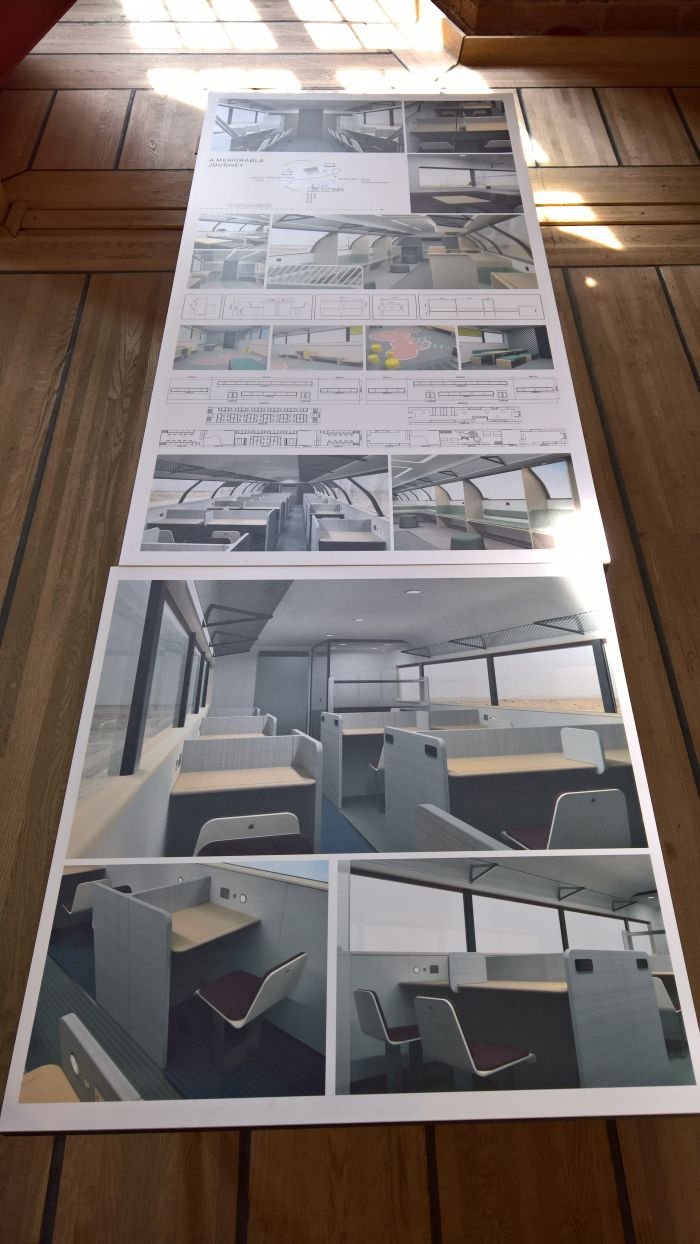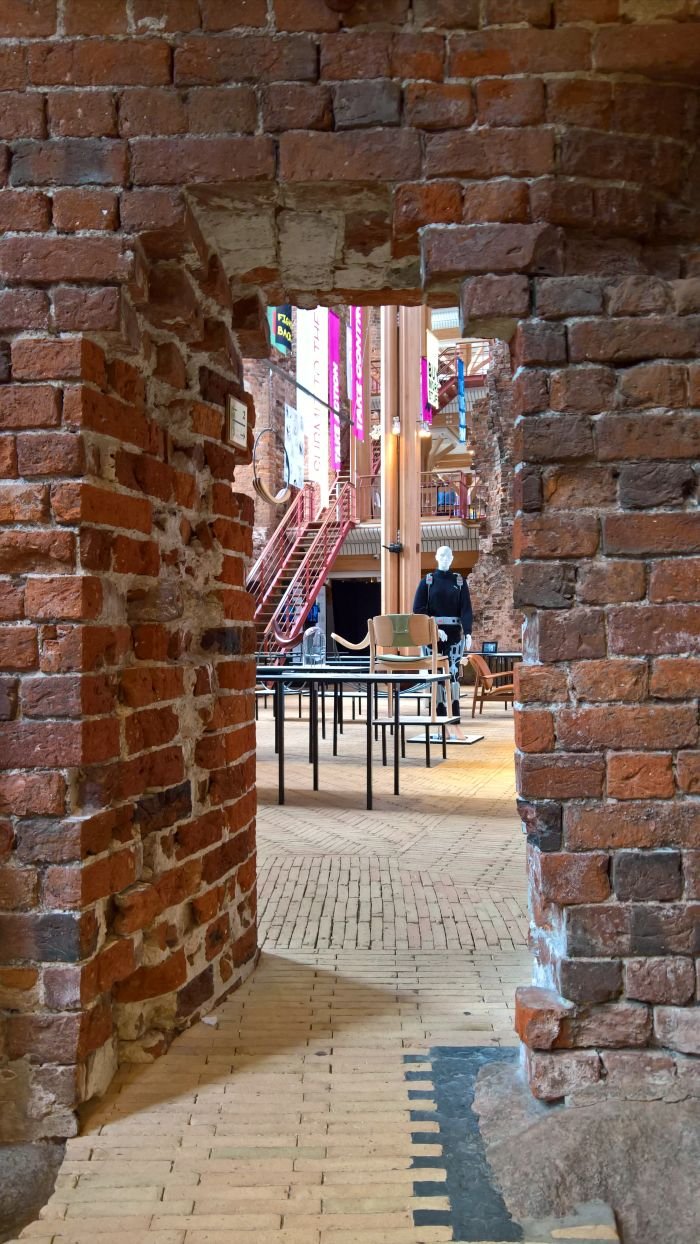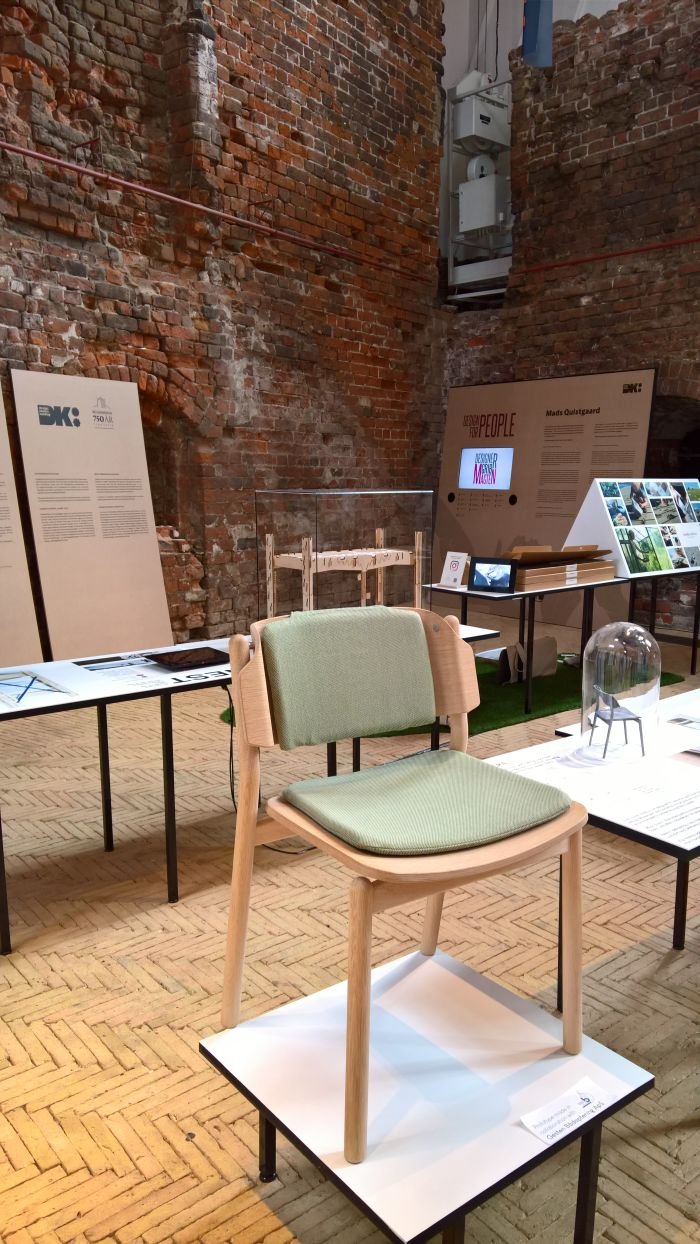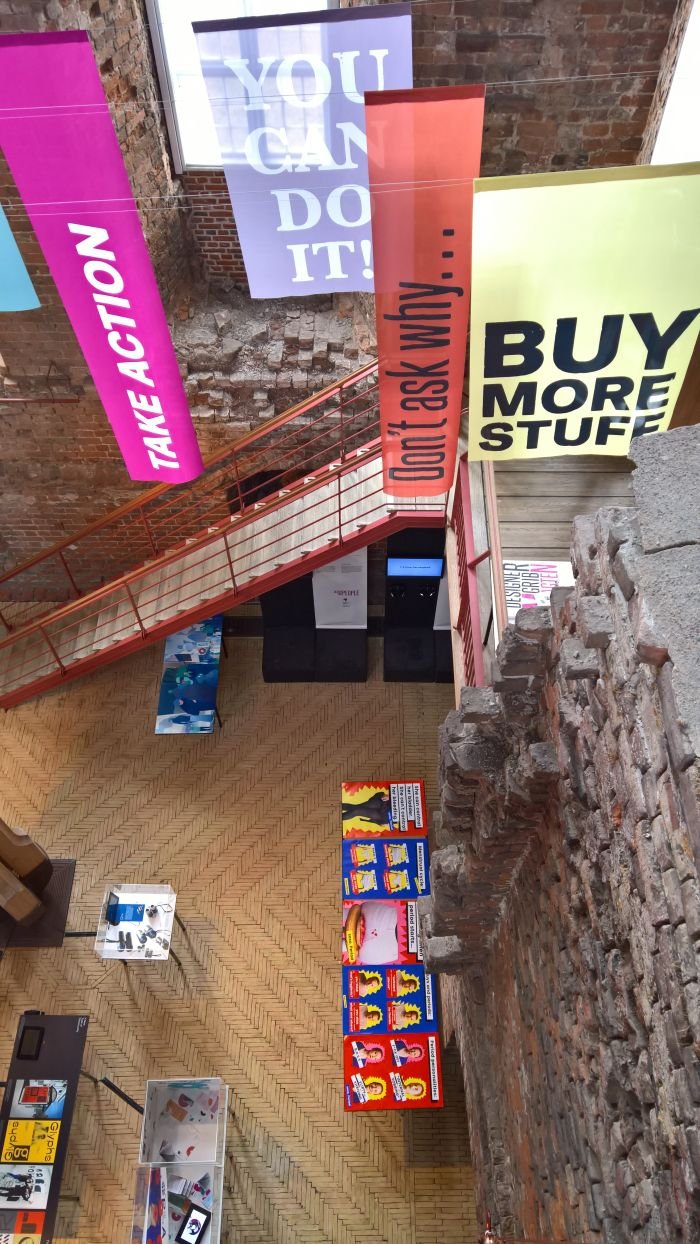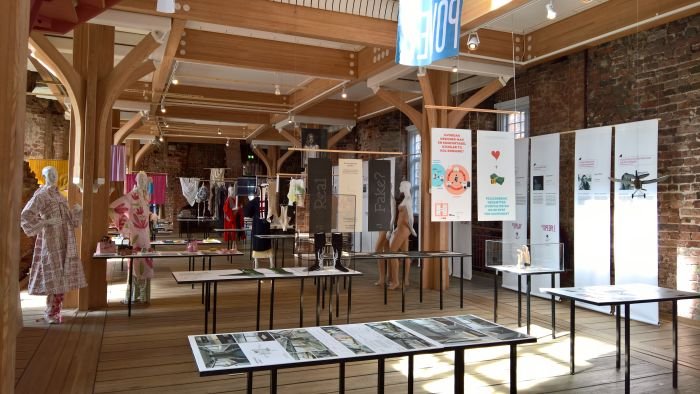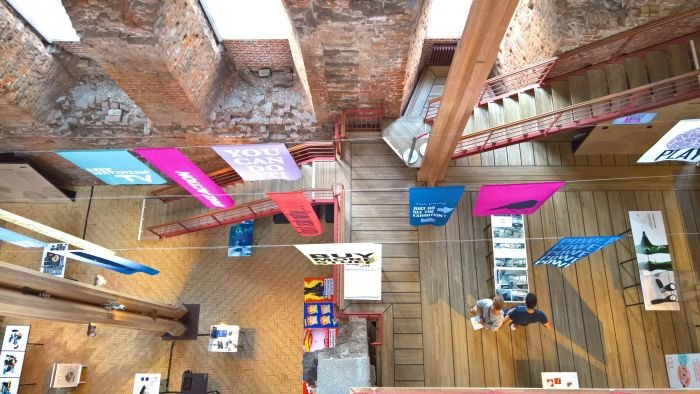Designer, grib magten! enjoined the 2018 Design School Kolding exhibition, Designer, seize the power!
Which not only sounds a bit more revolutionary than one is use to from Danes, but also implies designers should be in power. A position on which, and as we oft noted, we're highly sceptical.
Intimately involved in power systems yes, but designers in charge.......
Consequently we thought it wise to set course for the Design School Kolding 2018 Graduation Exhibition.
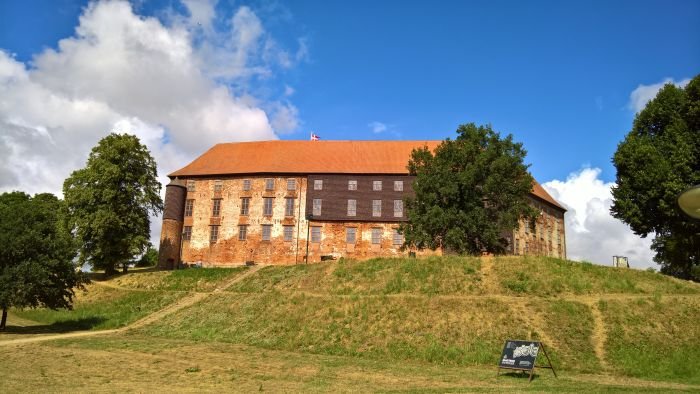
That the history of Design School Kolding has little changed since 2017, we refer you to our 2017 Design School Kolding #campustour post, and also our interview with Peter Barker, the school's, then, Head of Industrial Design, for more details; the major difference being that whereas the 2017 graduation exhibition featured Bachelor and Masters project the 2018 was only Masters.
Once again making use of the understated, reserved charm of the Koldinghus museum, the 2018 Design School Kolding graduation exhibition was arranged parallel to the 3 themes of the school's recently reorganised Masters programme: Design for Play, Design for People & Design for Planet, and pleasingly featured in addition to objects and descriptions a short video presentation of each project and thereby allowed for a slightly deeper understanding of the projects than is often the case at such graduation showcases.
And viewing the exhibition it quickly became clear, at least in our interpretations, we may have missed something subtle, that none of the presented projects were actively calling for the overthrow of existing democratic structures and the creation of a dēsignōcracy, much more the majority involved using new social, technological and/or material possibilities/understandings to rethink existing realities, relationships and solutions. Which is of course one of these things designers should do, and indicates we may have over-reacted a little when reading the exhibition title.
Among the various projects we were intrigued by a chair design pitched as Pull up a chair by Silvia Barile and which appeared to offer an interesting take on the wooden chair backrest, sadly we couldn't sit on it, so can say no more, other than we're hoping to rectify that ASAP; spent however most of our time, then and since, ruminating on the project A Need-Based Train Journey by Cornelia Oczycz. And while, yes, one could argue that with our visit to Kolding coming towards the end of our 2018 #campustour, and in the middle of one of our more improbable train journeys, there was a certain inevitability about us being attracted to a railway project, we'd contend that we were drawn by arguments within the project that went far beyond trains per se.
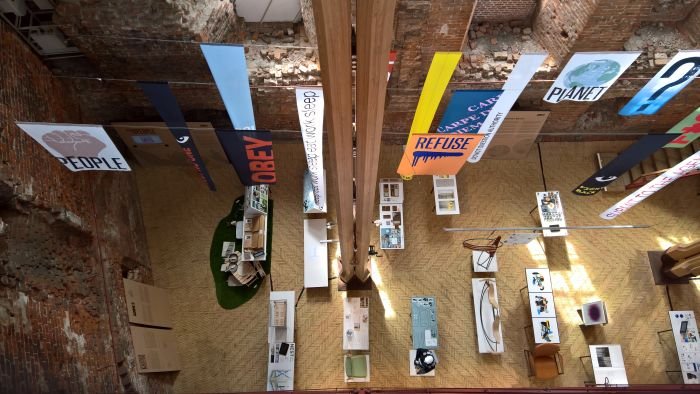
Back in autumn 2017 German media reported on considerations by Deutsche Bahn to introduce fitness studios into trains, proposals greeted with the usual knee-jerk reactions that they should just make sure there trains are clean and run on time; but which very much reminded us of the project The New Experience of the Train by Heman Xia as seen at the 2017 Chelsea College of Arts Summer Show and which questioned what a train is and why it couldn't be something different.
With her project A Need-Based Train Journey Cornelia Oczycz explores a very similar idea, albeit from a much more practical perspective than Heman Xia's more conceptual vision, specifically proposing a train split into three sections: one for work/quiet relaxation, one for eating/socialising, one for families/children, each having their own layout/character/scenography
And while we weren't necessarily taken with the various carriage layouts/characters/scenographies Cornelia created, as a proposal it is one whose logic is not only indubitable but which also neatly underscores both the necessity of trains evolving to meet the demands of evolving society, but also the fallacy that underlies most arguments in favour of autonomous cars.
The latter being, yes, an argument we started making back in Chelsea. And gladly continue here.
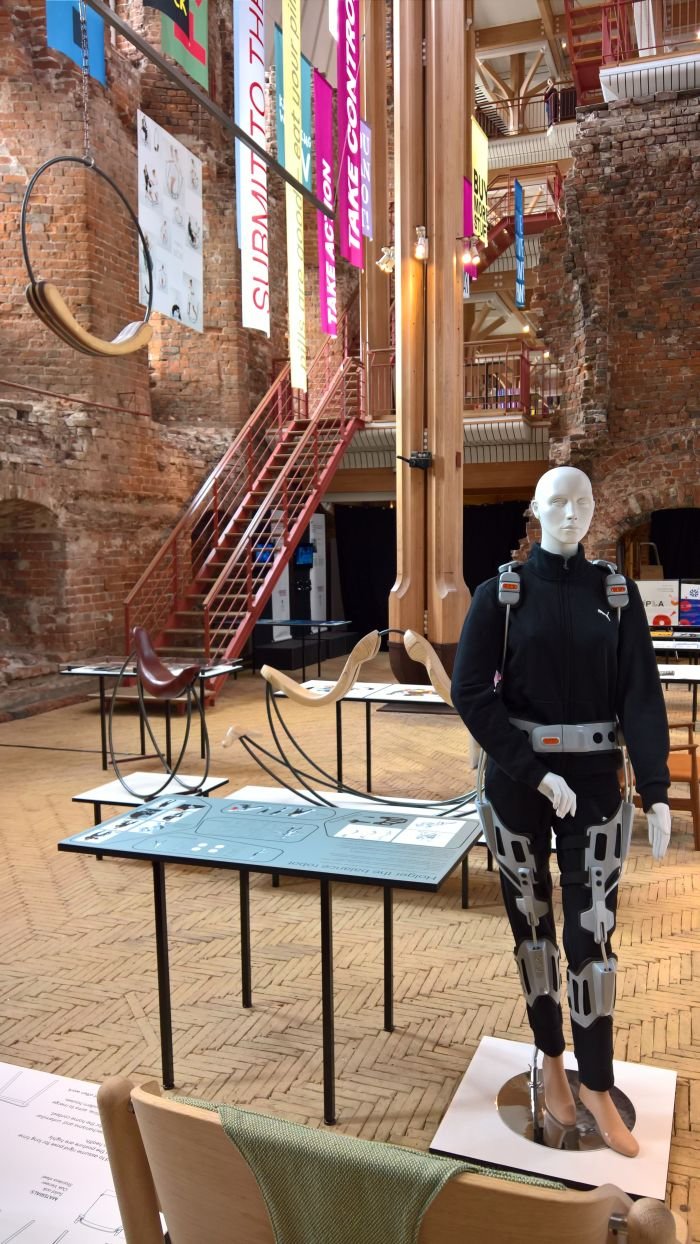
As recently noted in context of Vita Work at Orgatec Cologne, we not only spend a lot of time on trains but also regularly find ourselves in the (unwanted) company of people holding video/telephone meetings in public spaces. A particularly abhorrent combination being such individuals on trains. Not least because they assume they are invisible and inaudible, they're not, you're not, half the carriage can hear you. "Dave, how are we forecasting that?", "Claire, what's the due delivery on 7866 and can we combine that with 435?", "I understand your position Bob, but I think we need to prioritise salad." Why not provide a few single (sound-proofed) work booths for such individuals? And a few group work booths. We often come across groups, invariably architects and/or civil engineers, on their way to a meeting with a client and who are going over things one final time. A small booth with a six chairs and a table, perfect.
Similarly, why not provide play/activity areas for children, informal seating areas, cinemas, gin bars, etc, etc, etc. Sitting in rows on trains is all well and good, but its also all well and 19th century, is no longer reflective of or responsive to the demands of travellers. The varying demands of the varying travellers forced by fate to share the same train.
Yeah, we hear you, such is unsafe, what if the train crashes? Given that most high speed trains race through the countryside at 250+ kmh, if it derails it don't matter much what your doing, and sure an emergency braking manoeuvre has risks, but it always does, important is that at moment you're sitting, and it doesn't really matter on what your sitting.
And yes, such means less passengers and therefore less revenue while additionally making capacity planning more difficult. Yes, and which therefore calls for creative, imaginative solutions, new solutions which reflect the new realities and the possibilities afforded by developing technology. And certainly not insurmountable challenges. If approached with the correct attitude and freshness.
And if the train companies find the answers, on the one hand, if the train becomes a meaningful extension of the office you can wrestle business travellers away from planes, while in terms of social travellers, who needs an autonomous car for that five hour journey to the relatives? The kids are in the ball pool/cinema/art corner and the parents either relaxing on a sofa watching the countryside slide by, in the office finishing of that last bit of work before the long weekend, or in the fitness studio.
Full details on Design School Kolding can be found at www.designskolenkolding.dk
All 2018 Design School Kolding Masters graduation projects can be found at: www.designskolenkolding.dk/projects
